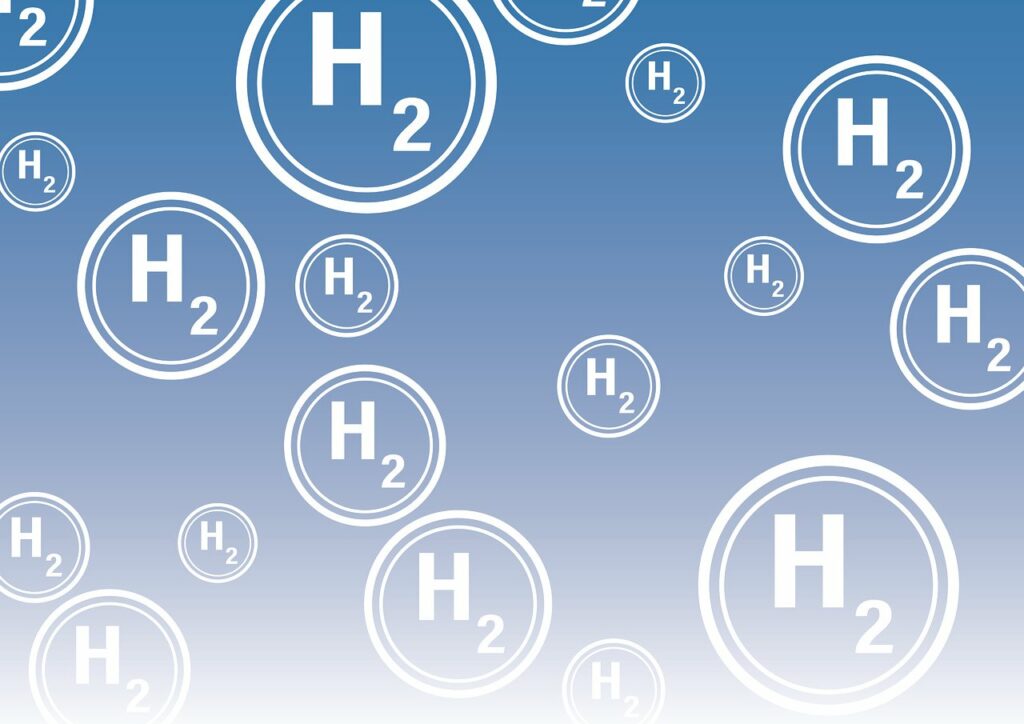Researchers led by Yujuan Hu, Kelin Hu, Jing Zhang, Yuxiao Jiang, Tao He, Yu He, and Rujing Yan presented significant hydrogen gas detection technology advancements. The paper “WSe₂ modified monocrystalline SnSe₂ nanosheets for hydrogen gas detection and its sensing mechanism” unveils a new method for detecting hydrogen gas using innovative nanosheet materials.
Main Findings
The study introduces a novel hydrogen gas sensor from tungsten diselenide (WSe₂) modified tin diselenide (SnSe₂) nanosheets. These modified nanosheets exhibit remarkable sensitivity to hydrogen gas, making them highly efficient for detection. The researchers demonstrated that the modification with WSe₂ significantly enhances SnSe₂ nanosheets’ sensing performance.
Potential Applications
The primary application of this research lies in developing advanced hydrogen sensors. These sensors could be deployed across various sectors, including:
1. Industrial Safety: Continuous monitoring of hydrogen levels in industrial environments where hydrogen is manufactured, stored, or used.
2. Transportation: Ensuring the safety of hydrogen-powered vehicles by detecting potential leaks.
3. Energy Systems: Monitoring hydrogen production facilities and storage units to maintain secure operations.
Market Relevance
Given the rapid expansion of the hydrogen economy, demand for reliable and sensitive gas detectors is on the rise. This research could directly influence the market by offering a more effective hydrogen detection solution, potentially reducing costs and increasing safety standards across the industry. Enhanced sensors could also accelerate the adoption of hydrogen technologies by addressing safety concerns.
Technical Details and Methodology
The study meticulously details the synthesis of monocrystalline SnSe₂ nanosheets and their subsequent modification with WSe₂. Advanced characterization techniques, including transmission electron microscopy (TEM) and X-ray diffraction (XRD), were employed to analyze the structural properties of the nanosheets. Gas sensing performance was evaluated under various hydrogen concentrations, indicating a substantial improvement in response and recovery times due to the WSe₂ modification.
Broader Implications
Beyond the immediate benefits of hydrogen gas detection, this research sets a precedent for utilizing nanoscale materials in sensor technology. It underscores the potential for further innovations in gas sensing, which could extend to other hazardous gases beyond hydrogen.
Key Takeaways
1. Enhanced Sensitivity: WSe₂ modified SnSe₂ nanosheets exhibit superior sensitivity to hydrogen gas.
2. Wide Applications: Potential use in industrial safety, transportation, and energy systems.
3. Market Impact: Promising advancements that could influence the hydrogen economy by improving safety and reducing costs.
4. Future Research: Opens new avenues for sensor development using nanoscale materials.





